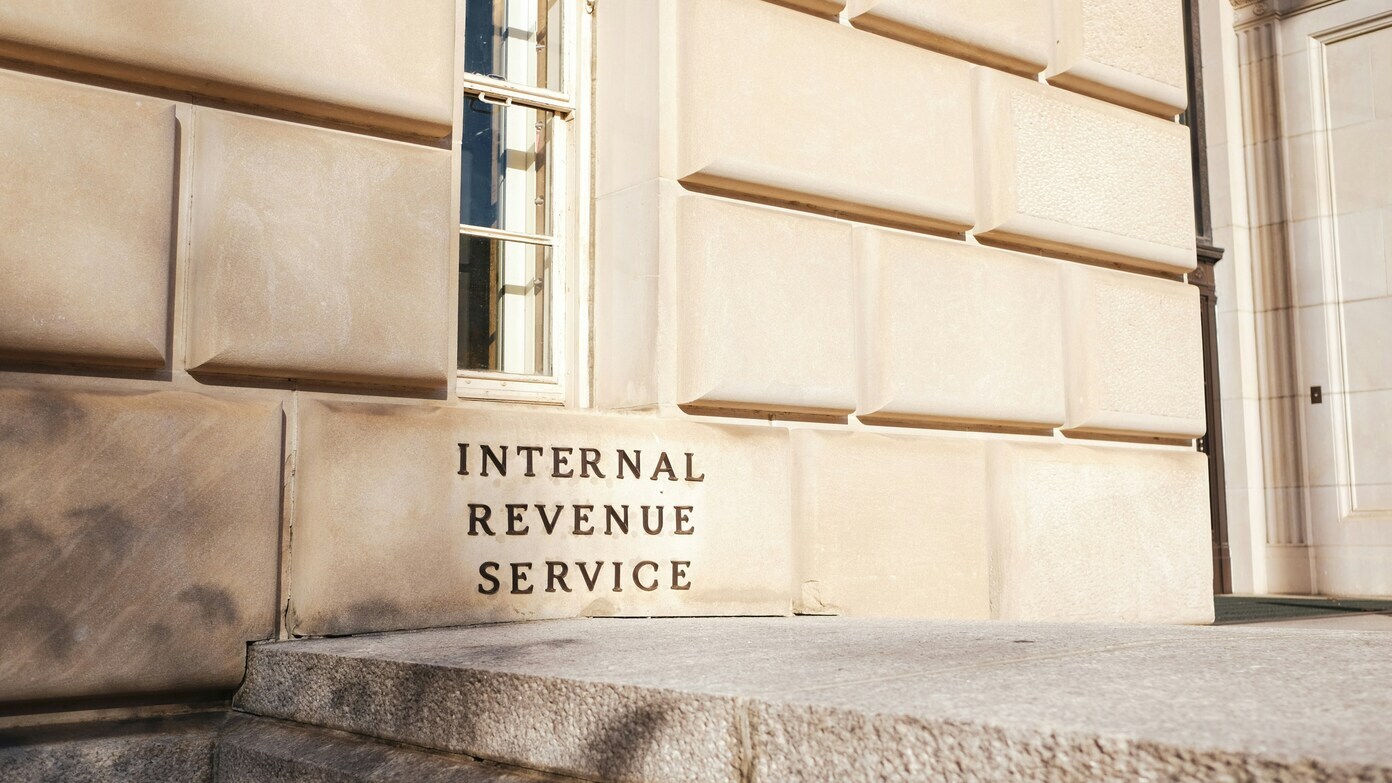Minor boost to the 2026 extra standard deduction
Better news for seniors: the IRS recently revealed small boosts to the additional standard deduction for taxpayers 65 and older beginning with tax year 2026 (returns in early 2027).
For single filers and heads of household who are 65 and older, the additional deduction increases from $2,000 in 2025 to $2,050 in 2026 — up by $50.
For married couples filing jointly, the figure also increases from $1,600 per qualifying spouse in 2025 to $1,650 in 2026, giving couples both of whose spouses are over 65 a combined $3,300, an increase of $100 from the previous year.
Taxpayers aged 65 and older and who are blind will still receive twice the additional amount. That is $4,100 for single filers or heads of household and $3,300 per eligible spouse for joint filers, married couples filing jointly.
These raises might be modest, but they do provide significant relief for older Americans living on fixed incomes.
The annual standard deduction also rises
The seniors’ boost comes with new, inflation-adjusted modifications to the base standard deduction for all taxpayers in 2026.
Thanks to the Trump tax law enacted July 4, 2025, the standard deduction starting point increased significantly, and the IRS has now made its annual inflation adjustment.
Here’s the 2026 standard deduction:
- Married Filing Jointly or Surviving Spouses: $32,200 (an increase of $700 from 2025)
- Single or Married Filing Separately: $16,100 (an increase of $350)
Head of household: $24,150 (raised by $525)
The majority of U.S. taxpayers — some 90%, claims the Tax Policy Center — already take the standard deduction instead of itemising. These new amounts would enable more families to dispense with itemizing altogether and receive a reduction in taxable income.
Read this later: Bad news for the trucking industry – Trump slams 25% tariffs on medium- and heavy-duty trucks
New $6,000 “bonus deduction” for seniors
One of the new provisions in the Trump tax plan is a temporary $6,000 bonus deduction for individuals aged 65 and above.
It runs from 2025 through 2028 and is in addition to the regular deduction. It’s for individuals who have incomes ranging from $75,000 (single filers) to $150,000 (joint filers), and it is phased out for higher-income earners.
What’s notable is that the bonus deduction can be taken whether or not you itemise, bringing relief to retirees who have high medical or housing deductions but want more tax relief.
The new deduction could be a valuable safety net for older individuals who are going to be confronted with rising healthcare and living expenses in the coming years.
Read this later:
Government shutdown latest: updates on air travel, social security, SNAP payments
What these changes mean for older taxpayers
The 2026 boosts, while small, do have an impact on older Americans who already claim the standard deduction. Combined with the new $6,000 bonus deduction, many retirees will experience significant decreases in their federal tax bills — especially those with moderate to middle incomes.
Experts caution, however, that the real benefit will depend on your income level, your filing status, and whether you itemise deductions.
Tax experts recommend looking into this ahead of time and adjusting your withholdings or estimated payments to factor in these new rates.
Here is a must-read: Good news for drug prices: Pfizer announces deal with Trump

